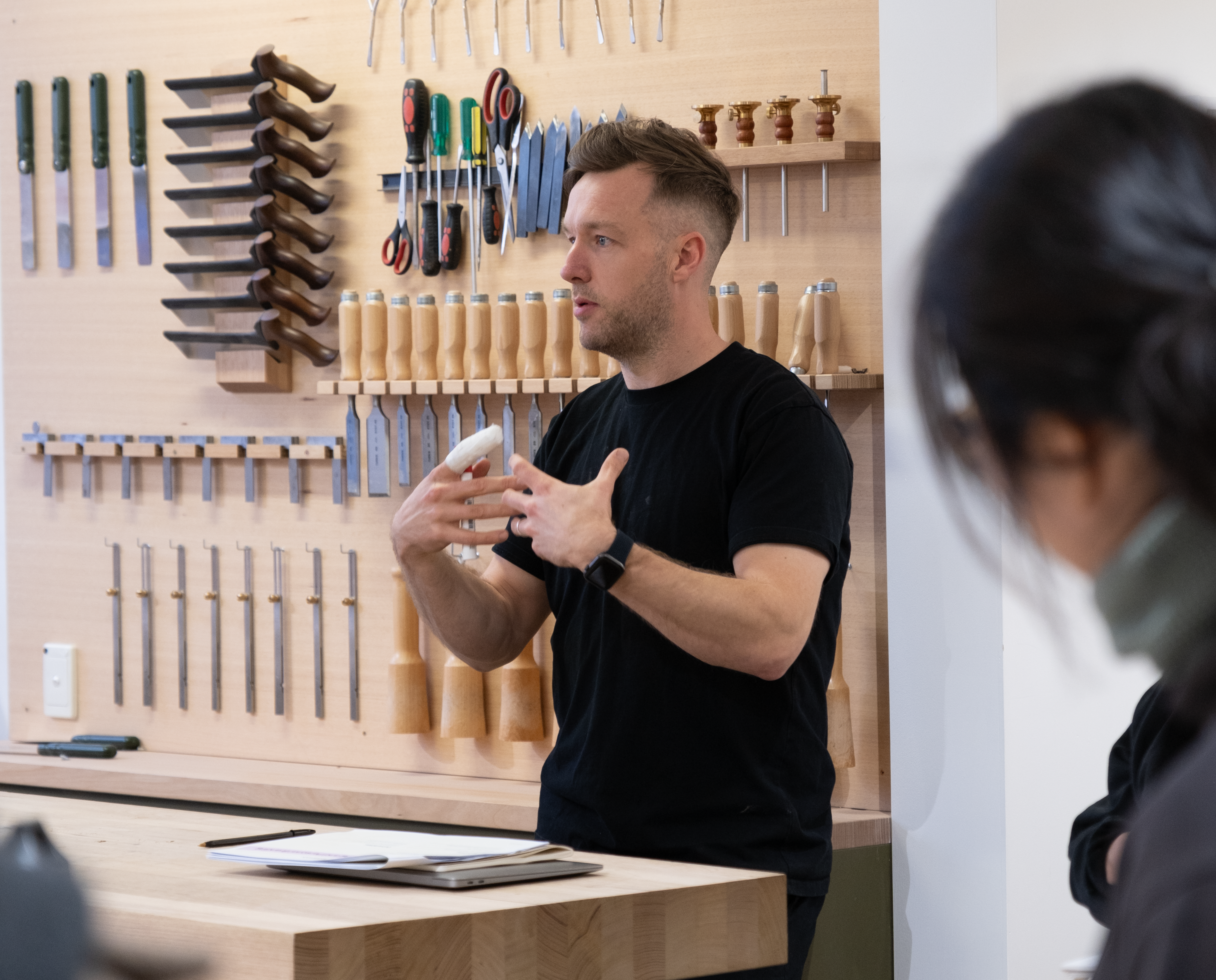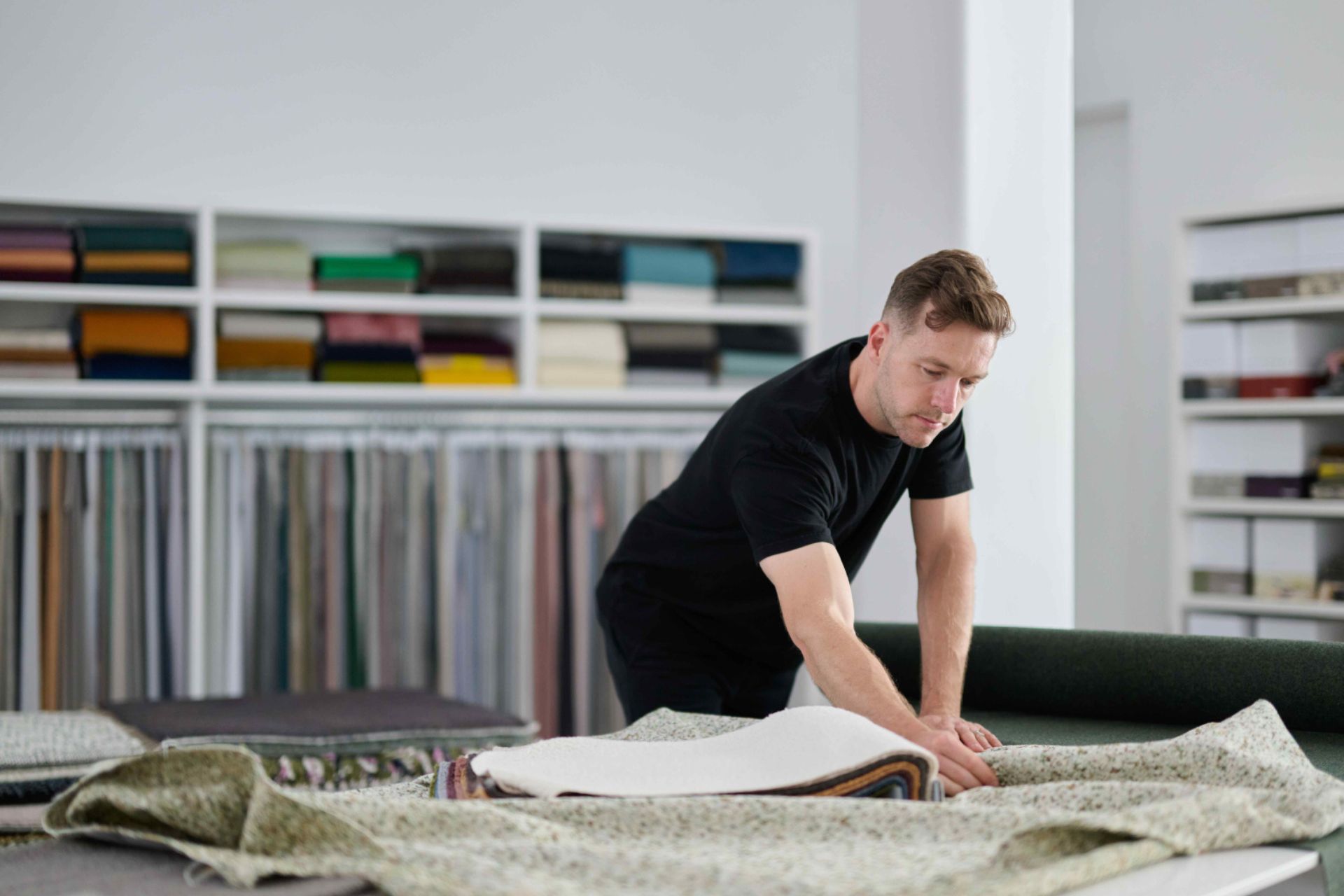1. Embracing the 'No' over sitting on a 'Maybe'
One of the most transformative insights from our recent workshop with the Jam Factory’s associates was the concept of "Getting the no, over sitting on a maybe." As designers, it's easy to get caught up in the pursuit of perfection, constantly refining our ideas or waiting for the perfect moment to present our work. However, this hesitation often leads to missed opportunities and stagnation.
Embracing 'no' can be a powerful tool in focusing our energy more effectively. By actively seeking feedback and accepting rejection, we can quickly narrow down where to invest our efforts. Every 'no' serves as a valuable data point, helping us build a roadmap of what works and where we need to pivot. It allows us to streamline our approach, concentrating on the paths that show promise and discarding those that do not.
The quickest way to move from point A to point B often involves closing down potential opportunities to identify the best path forward. This means being upfront and direct in our communications. For instance, when pitching an idea or discussing a potential project, don’t wait for the perfect pitch. Send that quick email, request a brief coffee meeting, and put your cards on the table early. This approach helps you determine quickly whether there is interest or if you should move on.
Particularly when it comes to pricing, it’s crucial to be transparent from the start. Putting the price out early in the conversation allows you to swiftly gauge interest. It’s often a straightforward 'yes' or 'no', and avoiding the prolonged negotiation dance saves time and energy. By focusing on getting to 'no' quickly, we can efficiently allocate our resources and move forward with greater clarity.
This approach not only helps streamline our efforts but also makes us more adept at navigating the process. The more we practice getting to 'no' quickly, the less personal the rejections feel, and the more efficient we become in presenting our ideas and opportunities. Over time, this practice helps us get more comfortable with the process, reducing the sting of rejection and speeding up our ability to find the right path forward.
2. Finding the Right Customer for the Price
Another significant insight from our workshop was the importance of finding the right customer for our products. We discussed a scenario at our studio involving a glass bowl design. Our initial goal was to hit a specific price point to make the bowl viable for certain retail stores. Despite our best efforts, we couldn't reduce the costs enough to meet this target. Instead of abandoning the project, we decided to shift our perspective.
We enhanced the value of the bowl by collaborating with a master coldworker to add a hand-finished battuto effect. This intricate process increased the production costs but also significantly elevated the perceived value of the bowl. As a result, we positioned it in a higher collectible market, where customers were willing to pay a premium for its unique craftsmanship. This experience taught us that sometimes, rather than trying to fit a product into a lower price bracket, it's more effective to enhance its value and find a market that appreciates it.
3. Aligning Products with Market Needs
The third key idea centered around aligning products with market needs. We examined the challenges of competing in different markets, especially when manufacturing locally. For example, producing a simple timber dining chair in Australia is made it difficult when competing on price. However, by reimagining the chair as an armchair, we could maintain reasonable production costs while charging a higher price due to its increased perceived value.
This concept underscores the importance of understanding where the perceived value lies in your market and leveraging it to maximize margins. A vase, for instance, often holds a higher perceived value compared to a cup, even if the material and labor costs are similar. By focusing on products with higher perceived value, we can better meet market expectations and enhance profitability.

